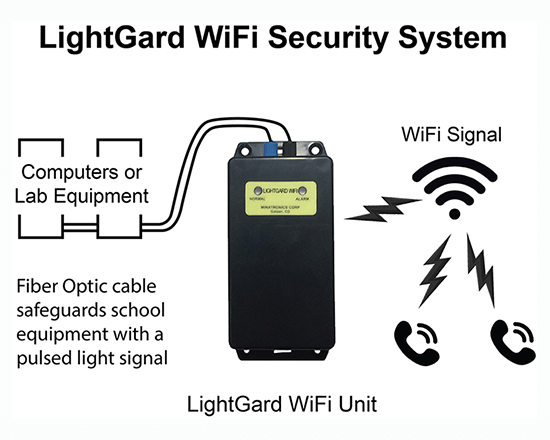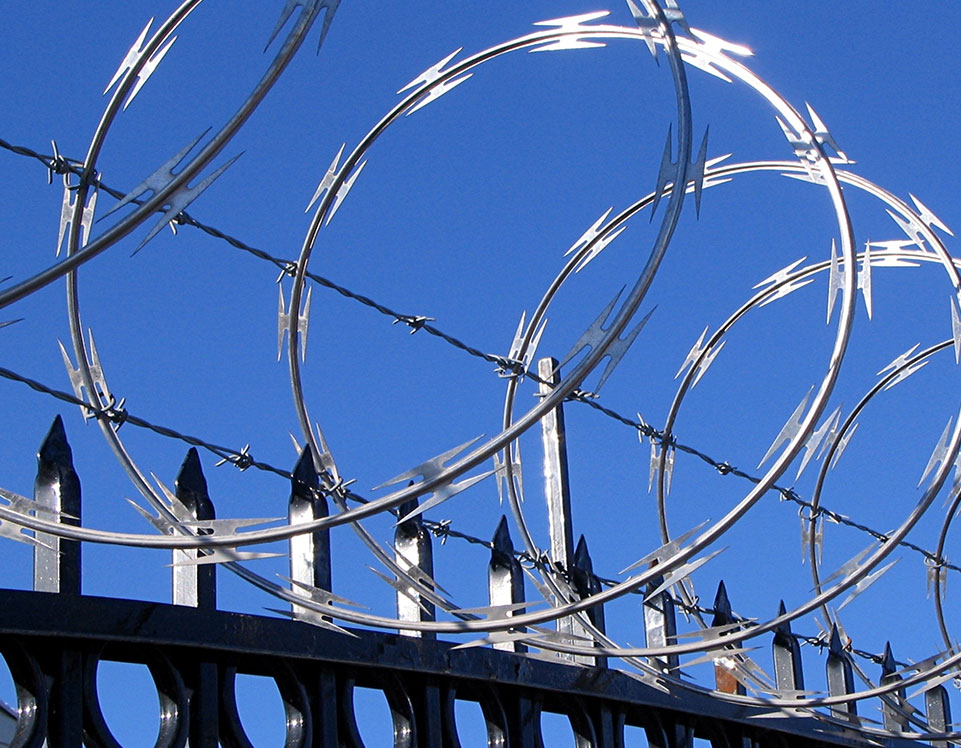Boost Your Security With Advanced Fiber Optic Safety Solutions
In an age where safety and security is critical, sophisticated fiber optic security systems provide an engaging option for boosting safety across various environments. What effects do these developments hold for future safety and security steps?
Benefits of Fiber Optic Protection
Using the benefits of fiber optic technology substantially improves safety and security systems across numerous applications. One of the primary advantages is the raised bandwidth ability, permitting for the transmission of huge quantities of information at high speeds. This is particularly critical for real-time video surveillance, where high-resolution feeds can be sent out without latency, making sure prompt feedback abilities.
Furthermore, fiber optics display exceptional resistance to electromagnetic interference, which is important in environments with possible signal disruptions. This reliability makes certain constant performance in critical safety and security operations. Fiber optic cables are much less prone to touching and unapproved access contrasted to standard copper circuitry, thereby boosting data integrity and discretion.
Another noteworthy advantage is the longevity of fiber optic systems; they are more resistant to environmental elements such as wetness, temperature changes, and destructive compounds. This strength translates to decrease upkeep costs and longer life expectancies for protection installments.
Lastly, the lightweight nature of fiber optic cords helps with less complicated installation and directing, especially in complex facilities (fiber optic security system). Eventually, the integration of fiber optic technology into safety and security systems not just boosts defense measures but likewise optimizes functional effectiveness
Trick Attributes to Consider
When examining fiber optic security systems, several essential attributes must be considered to ensure ideal performance and effectiveness. Evaluate the system's discovery array and level of sensitivity; a substantial variety enables for keeping track of large locations, while high sensitivity guarantees that even small disruptions are identified without delay.
Following, consider the combination capabilities of the system. A fiber optic security system need to effortlessly interface with existing protection procedures such as video cameras and alarms, creating a natural safety and security network.
Resilience and environmental resistance are also important functions. Ensure that the system is made to stand up to severe climate conditions and prospective physical threats, as this will certainly prolong its functional life expectancy.

Finally, explore the scalability of the system. A robust fiber optic safety system need to be quickly expanding to accommodate future demands without considerable overhauls. By very carefully thinking about these functions, you can choose a fiber optic safety and security option that enhances security and safety in your setting.
Setup Refine Summary
To effectively apply a fiber optic safety system, a methodical installment process is essential. This procedure begins with an extensive website assessment to establish the details security requirements and to recognize optimum locations for fiber optic wires and safety gadgets. Following this assessment, the installation team will develop an in-depth plan, consisting of cable television pathways, needed tools, and compliance with local regulations.
Following, the installment involves read more laying the fiber optic cords, ensuring they are secured from ecological aspects and physical damage. Appropriate handling methods are critical, as fiber optic cables are delicate and can be conveniently harmed. After the cabling is mounted, connectors and terminations are thoroughly finished to make sure signal stability.
The subsequent phase contains setting up safety and security gadgets such as video cameras, motion detectors, and alarm, all integrated with the fiber optic network. Rigorous screening is carried out to confirm that all elements are functioning appropriately and to guarantee optimal efficiency.

Contrasting Fiber Optic to Typical Equipments
The development of safety and security technology has actually resulted in substantial improvements in the comparison between fiber optic systems and conventional copper-based systems. Fiber optic systems use light to transfer data, using exceptional transmission capacity and speed compared to their copper counterparts. This results in boosted information transmission abilities, making fiber optics perfect for high-resolution video security and real-time tracking.
In addition, fiber optic cable televisions are resistant to electro-magnetic disturbance, minimizing the possibility of signal destruction Find Out More triggered by exterior variables. This characteristic ensures constant performance, also in difficult environments. In comparison, traditional copper systems are a lot more susceptible to disturbance, causing potential susceptabilities in safety and security applications.
Resilience is one more benefit of fiber optic systems. They are less susceptible to damage from ecological elements such as wetness and temperature variations, which can jeopardize copper circuitry. Fiber optics are lighter and thinner, permitting for easier setup and minimized physical impact.
However, standard systems have a tendency to have reduced preliminary prices, making them attractive for budget-conscious tasks. While fiber optic systems might call for a higher upfront financial investment, their long-term benefits-- such as lower upkeep costs and better integrity-- frequently exceed the initial cost, positioning them as a remarkable choice for modern-day security needs.
Future Trends in Safety Technology
Emerging patterns in safety innovation are positioned to change the landscape of security and risk discovery - fiber optic security system. As companies significantly encounter advanced threats, developments such as synthetic intelligence (AI) and artificial intelligence (ML) are ending up being important to that site safety systems. These modern technologies enhance the capacity of fiber optic systems by making it possible for real-time information analysis, determining anomalies, and automating responses to possible violations
In addition, the assimilation of the Web of Things (IoT) is revolutionizing safety frameworks. IoT devices can give comprehensive situational understanding and help with smooth interaction between various safety elements. This interconnectedness enables more effective surveillance and faster case feedback times.
Biometric authentication is also obtaining energy, supplying a higher degree of safety with distinct physical characteristics. As this modern technology advances, it is most likely to be integrated right into fiber optic systems for improved access control.
Conclusion
In verdict, advanced fiber optic security systems represent a significant innovation in security and monitoring innovation. Their superior data transfer, resistance to disturbance, and sturdiness assist in reliable tracking and information stability. As these systems integrate AI and IoT capacities, they enhance the general safety structure, making certain robust security for properties. The shift from conventional systems to fiber optic options mirrors an expanding pattern in the direction of more effective and reliable protection procedures in a significantly complex technological landscape.